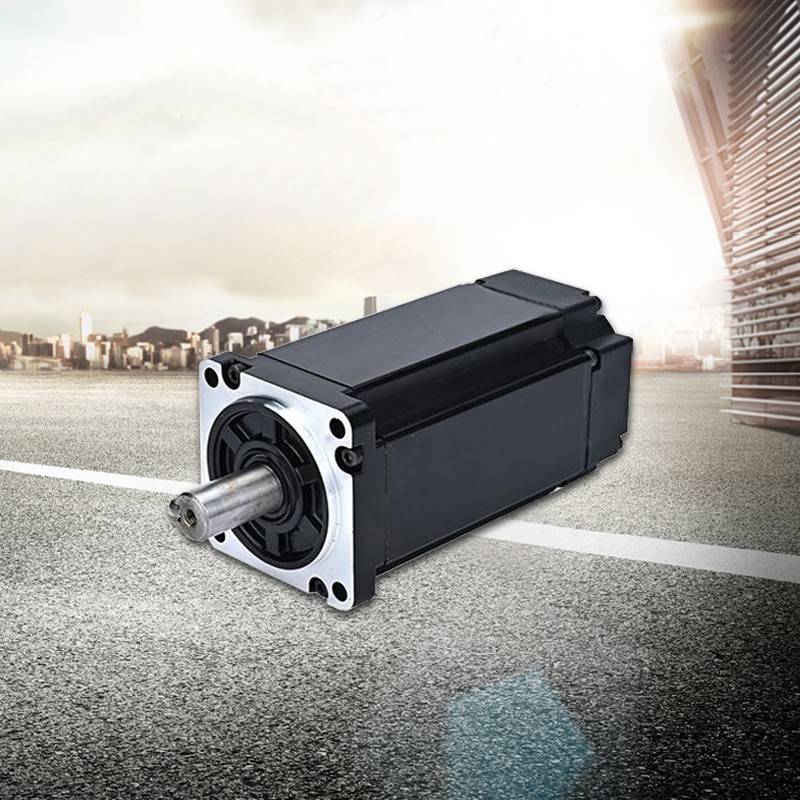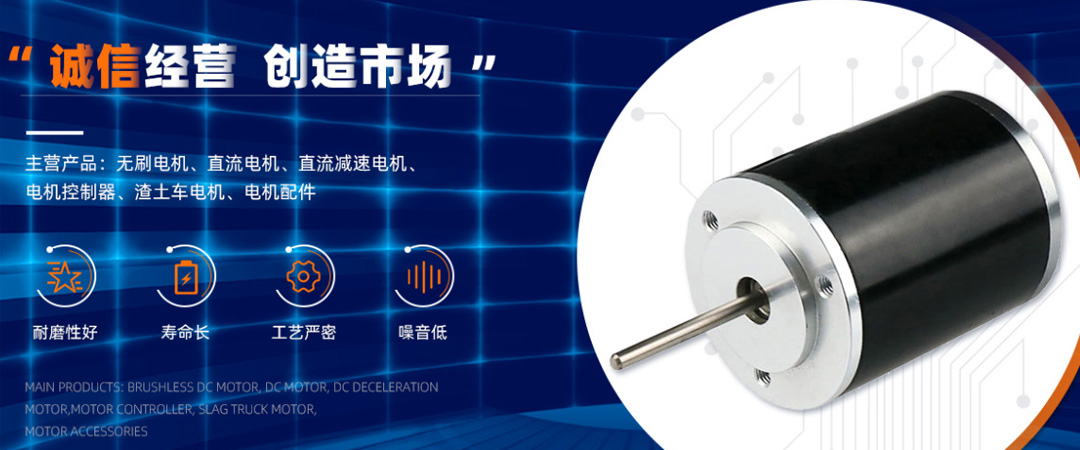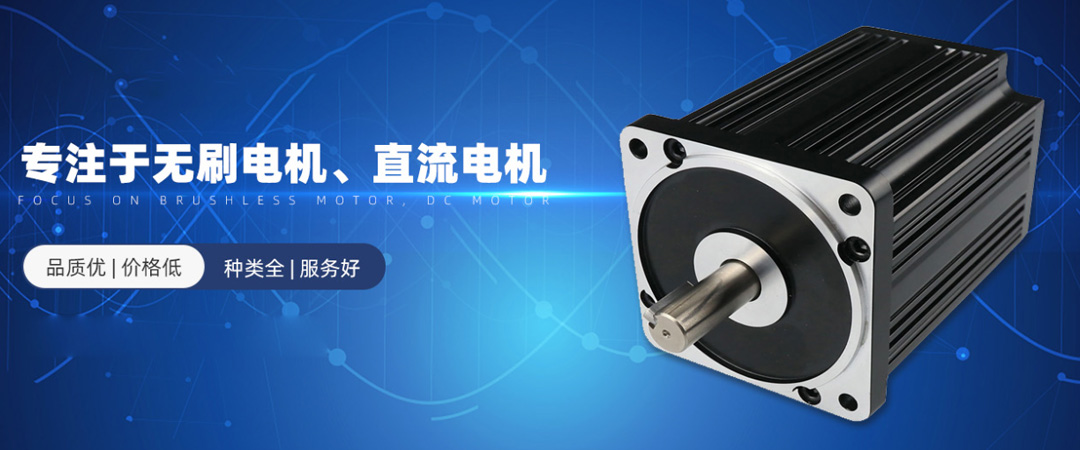Analysis of armature reaction of brushless motor
Brushless motor consists of a motor body and a driver, and is a typical electromechanical integrated product. Due to the self controlled operation of brushless DC motors, they do not require additional starting windings on the rotor like synchronous motors that start under heavy loads under variable frequency speed regulation, nor do they produce oscillations and loss of step during sudden load changes. The armature reaction and commutation are important points in the basic theory of brushless motors. The armature is an important component of brushless motors during operation.

2. Commutation: During the operation of a brushless motor, when the armature winding components pass through the electric brush, the direction of current changes from one branch to another, and this process is called commutation.
3. Due to the high motor speed and fast commutation, self induced electromotive force will be generated, forming sparks.
The armature reaction and commutation of brushless motors can generate sparks. In order to reduce sparks, it is usually necessary to install commutation poles and increase brush resistance (the brushes are made of graphite, which is wear-resistant and has high resistance).
2024.7.31 ZG



